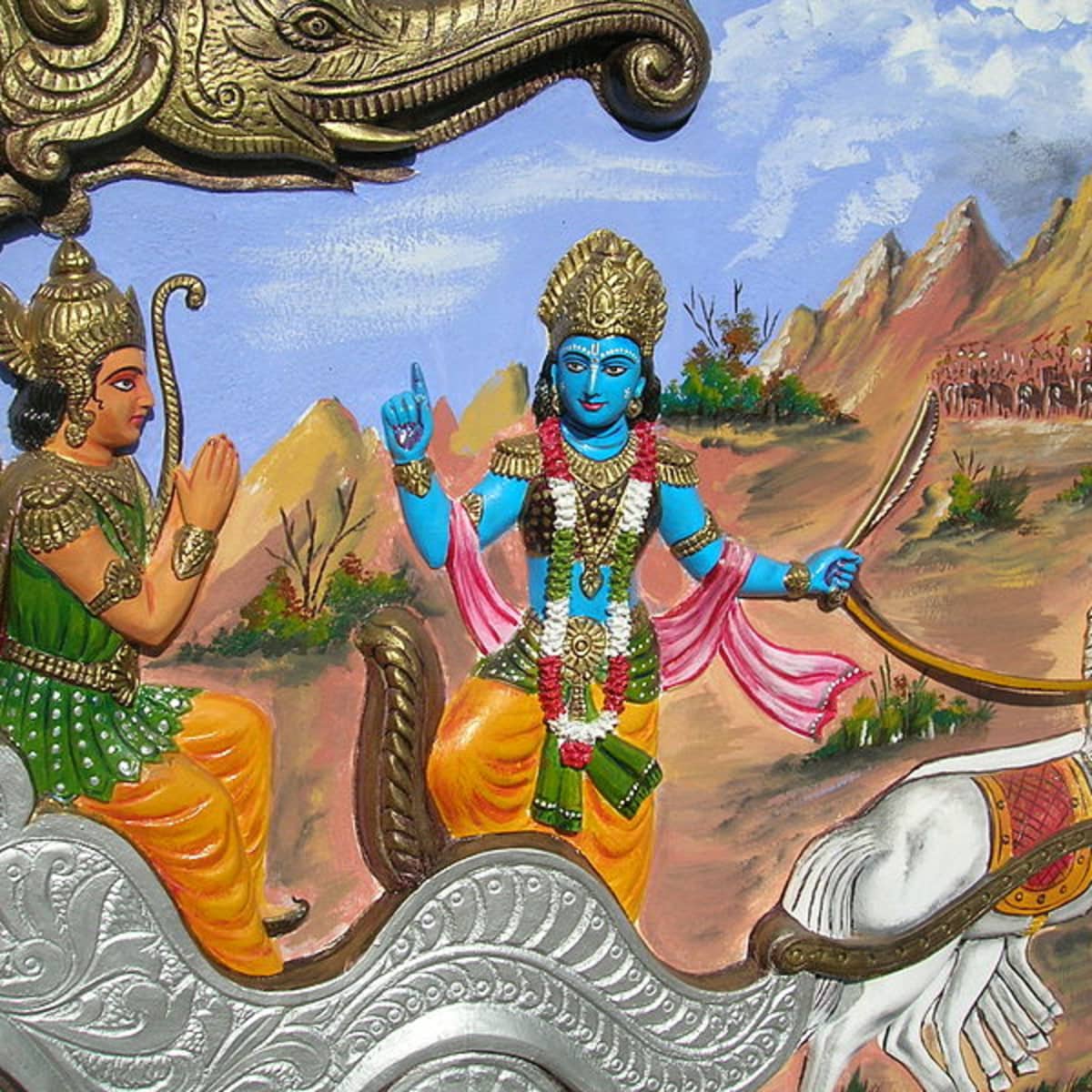

It relates the story of Lord Rama (an incarnation of Vishnu), prince and later king of Ayodhya, a city in North India. That would be anxiously awaited by curious readers.The Ramayana, authored by Sage Valmiki, is perhaps the most well-know epic in India. In his next work, he plans help the reader go deeper within, based on the prescribed Vedic path to happiness and spirituality.

In mere 21 chapters, it gives a good overview of the voluminous epic and also distills its life lessons.ĭamani wears his deep and wide reading lightly and the writing is ever so reader-friendly.

The third and final section is about ‘The World War Called Mahabharata’. The second section is devoted to ‘Miracles of God Krishna’, also answering questions like why God Krishna has 16,108 wives. * Satsanga, the good company of holy men, is superior to charity, fasting, penances, rituals and pilgrimages.” * Santosha (contentment) which means there is nothing to acquire and nothing to reject * Spirit of inquiry wherein there is a constant asking of the question, ‘Who am I?” * Self-control meaning not delighting in pleasure and not getting distressed in pain, but resting the mind on the Supreme Soul. “The text advocates four paths to moksha: Damani gives the reader a succinct summary:

It is held to be an exceptionally great guide to spiritual liberation. The text, also known as Maha Ramayana, Arsha Ramayana, Vasiṣṭha Ramayana and Yogavasistha-Ramayana, brings together several strands of Indian philosophy. The opening section, ‘Tirupati Balaji and Ramayana’, includes not only lesser-known legends like Maya Sita’s relation with Sita and God Tirupati Balaji, but also has a chapter devoted to ‘The Philosophy of Yoga Vasishtha’. It thus gives a bird’s-eye view of India’s sacred geography. The unique feature here is an exercise in locating places mentioned in these epics and scriptures on today’s maps. Less a retelling of the famed stories, this selection of 44 articles under three sections is more an inquisitive reader’s guide to Ramayana, Mahabharata and the Puranas. Whenever Gaurang Damani finds time from his entrepreneurial career and civic activism, he dips into this knowledge base, and here, in the first of a proposed series of works, he presents a highly readable collection of nuggets from the Fifth Veda. There are four of them, but Itihasa – that is, the two historic epics, Ramayana and Mahabharata – and Purana are collectively called the Fifth Veda.


 0 kommentar(er)
0 kommentar(er)
